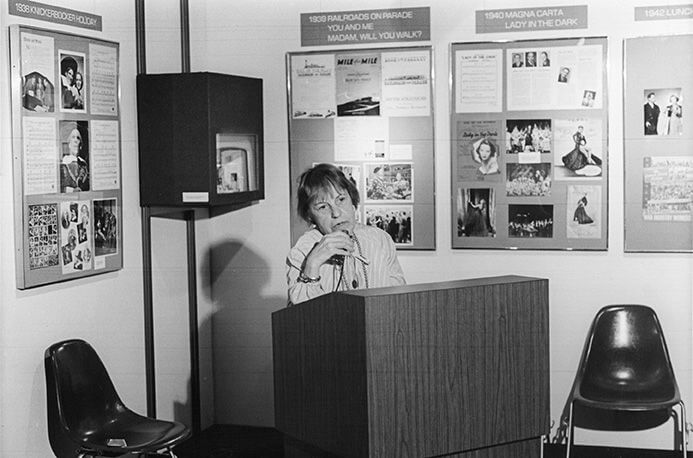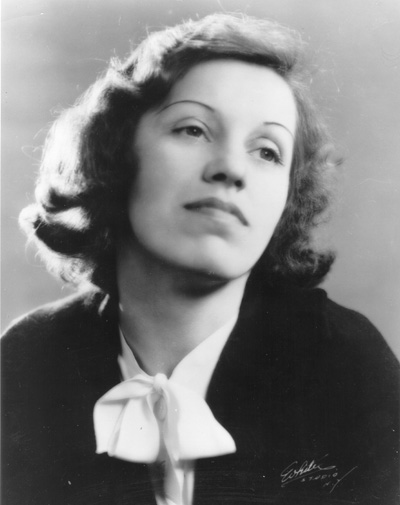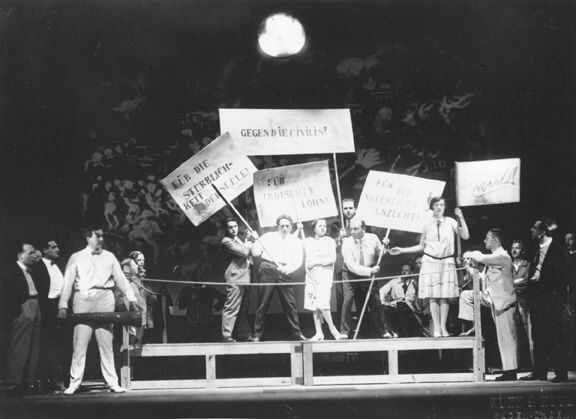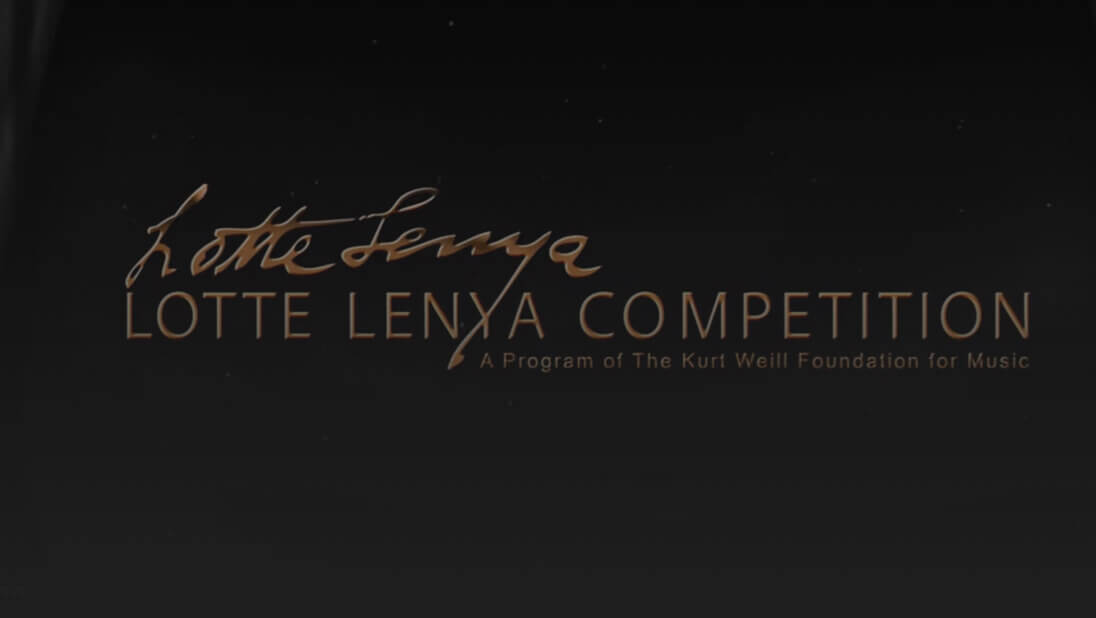The Life & Career of Lotte Lenya
Overview and insight relating to Lotte Lenya's life and career, through a media-rich timeline, detailed chronology, and prose biography.
Through a rich combination of image, sound, and text, the Timeline presents in six segments an illustrated sequence of significant moments in Lotte Lenya's life and career.
Karoline Blamauer, a talented, intelligent child born into grinding poverty in turn-of-the-century Vienna, moves to Zurich and is trained as a dancer and actor. In 1921, she moves on to Berlin to launch her career.
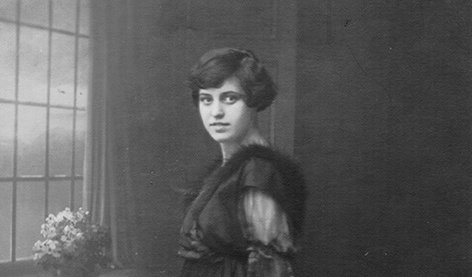
Lenya meets Kurt Weill as she struggles to establish a career as an actor. After they marry, she performs in his collaborations with Bertolt Brecht, notably the world premiere of Die Dreigroschenoper. Her success in that production leads to several roles in major Berlin theaters.
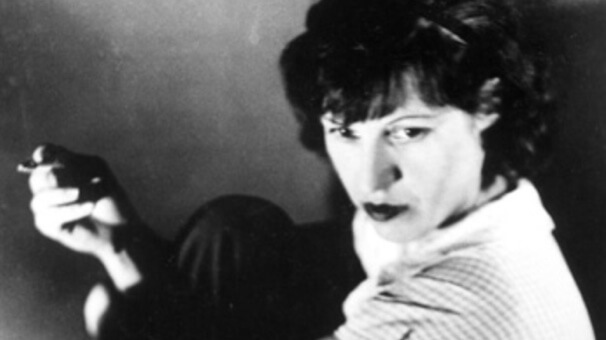
Lenya divorces Weill but resumes living with him after a couple of years. They travel to the U.S. together and settle there. Lenya makes sporadic and largely unsuccessful efforts to build a performing career; she looks after Weill as he makes a name for himself on Broadway. His death is a staggering, and ultimately life-changing, blow.
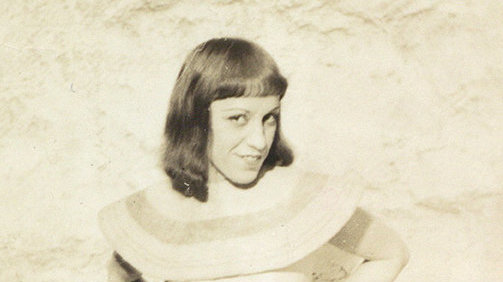
As Lenya recovers slowly from the shock of Weill's death, George Davis and many others encourage her to return to performing. She is reluctant, but builds a string of successes in the U.S. that push The Threepenny Opera and The Seven Deadly Sins into the repertory and make her a cult figure. She returns to Germany after twenty years in 1955 and makes a series of Weill recordings that do much to re-establish his reputation.
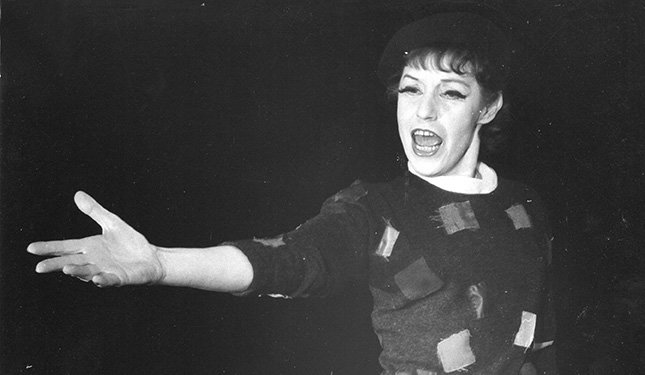
In her work on stage, film, and television, Lenya moves far beyond Weill and Brecht, although she is still considered a standard-bearer for their work and an unmatched interpreter. Her third marriage, to American painter Russell Detwiler, ends with his death in 1969, making Lenya a three-time widow.
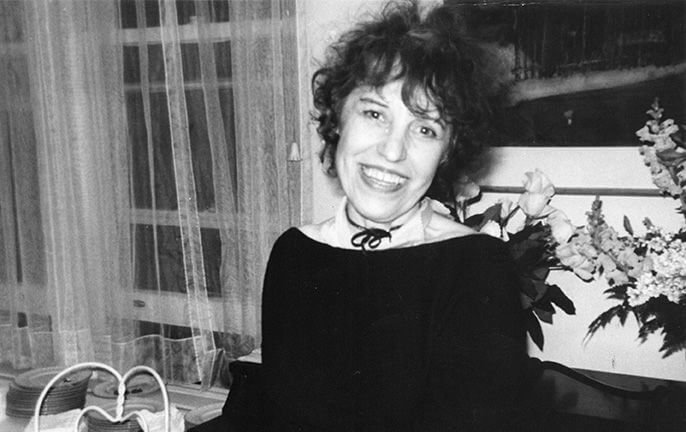
Lenya continues to perform, although injuries and declining health start to catch up with her by the middle of the decade. She maintains a firm hand on Weill's music, publicly recognizing soprano Teresa Stratas as a model interpreter and reorganizing the Kurt Weill Foundation shortly before her death.
